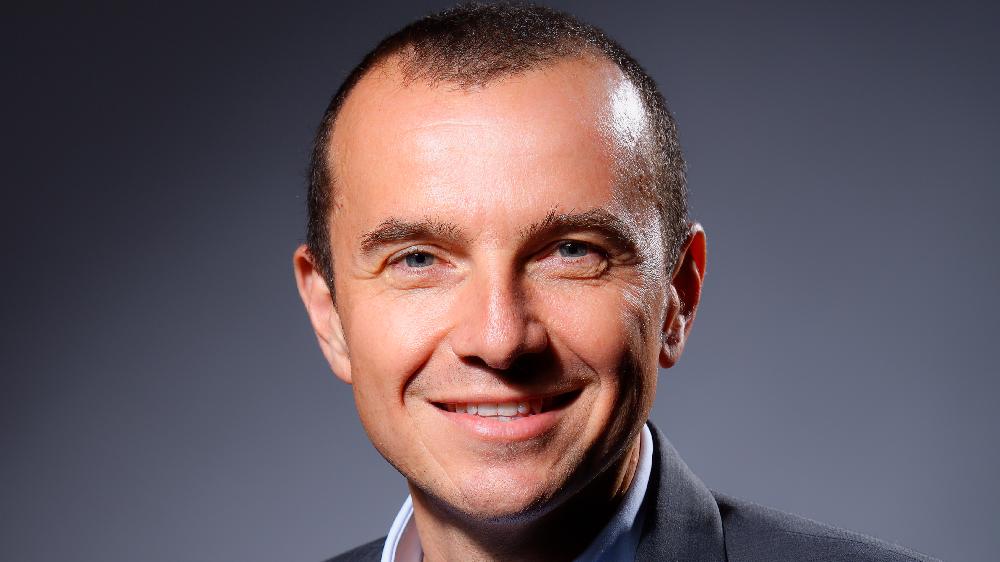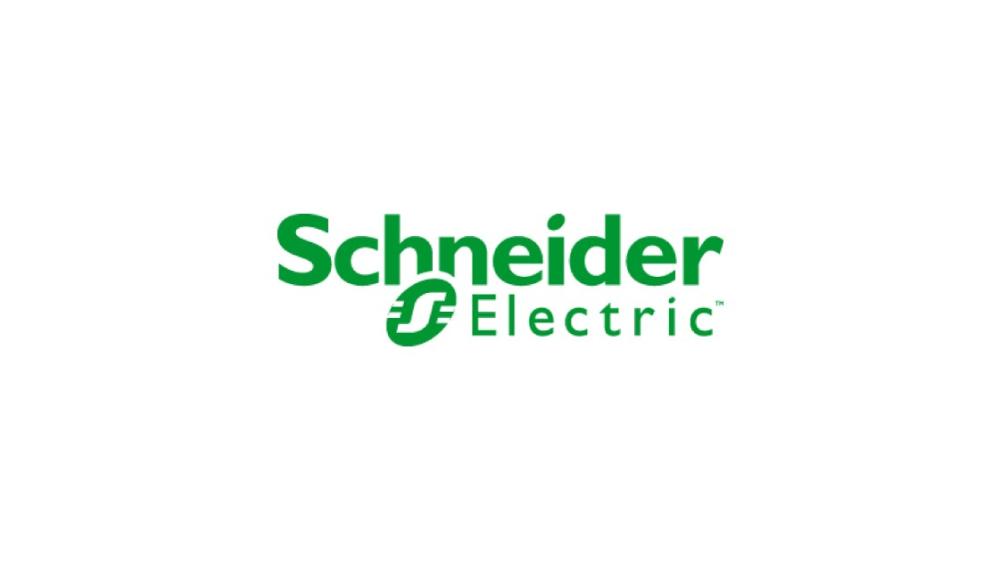Schneider Electric, the leader in the digital transformation of energy management and automation, and RIB have partnered with Building Transparency, a non-profit organization that has developed a free and open access tool targeted at reducing the impact of embodied carbon and making the AEC industry more efficient and sustainable.
Following its recent acquisition of RIB, the partnership further strengthens Schneider Electric’s expertise in smart and carbon-free buildings.
The partnership comes at the right time to seize the massive scale up opportunities from uniting sustainability and digitalization. With the latest evolution of Building Information Modeling (BIM) playing an increasingly critical role in designing and delivering a more decarbonized built environment with data driven decisions and more transparency across the lifecycle.
Building Transparency’s Embodied Carbon in Construction Calculator (EC3) houses a database of digital, third-party verified Environmental Product Declarations (EPDs), which can be used to perform sustainability benchmarking and assessments. The technology allows those in the industry to better measure and factor embodied carbon into Building Information Modeling (BIM) analysis.
It has the potential to revolutionize how construction material procurers, developers, contractors track the amount of embodied carbon. By analyzing production materials, these stakeholders are empowered to evaluate a project’s overall carbon emissions. Armed with this information organizations are able to make decisions based on insight, for example procuring low carbon material alternatives or, in the case of regulators, set embodied carbon limits.
The tool allows thousands of digital EPDs to be available in a free, open-source database, for the first time ever. Thanks to sponsorship of various entities, Building Transparency’s EC3 tool remains free to use. RIB software has recently developed iTWO costX® which enables clients to use data from embodied carbon rate libraries such as EC3 and RICS to calculate the embodied carbon of building components. Schneider Electric’s offering provides full transparency on CO2 data across process to help its customers’ management achieve their net zero goals.
Olivier Blum, Executive Vice-President Energy Management at Schneider Electric, said: “We have run out of time, without drastically reducing our emissions we are heading straight for a climate catastrophe. However, without visibility of an issue, identifying a solution becomes almost impossible. Therefore, Building Transparency’s Embodied Carbon in Construction Calculator provides an essential service to the industry, helping organizations to see the carbon they are producing and take action immediately.”
“As RIB, having been at the forefront of innovation in the construction industry for over 60 years, our partnership with Building Transparency aligns closely with the purpose of enabling our customers to build in an environmentally and socially responsible manner. We cannot shy away from the fact that the long-term growth of the AEC industry is closely tied to sustainable practices. Transforming the way the sector plans, builds and operates buildings is our primary purpose,” concludes René Wolf, RIB CEO.
“There is a need to actionably and urgently reduce the carbon footprint of the AEC industry. Knowledge is power and integrating technology such as EC3 into the workings of the sector provides critical decision makers with the tools and data needed to effectively evaluate and understand the true carbon footprint associated with their projects. Armed with this, they will be able to chart tangible targets and collectively help minimize the industry’s impact on the environment. We all have a role to play in building a more sustainable world,” says Stacy Smedley, Executive Director of Building Transparency.





